"No stabilization in a positive sense"; One thing is particularly threatening
From the largest number of 8.467 infected in this wave, to 4.803 registered on Monday, only a few days passed.
Tuesday, 12.10.2021.
09:57
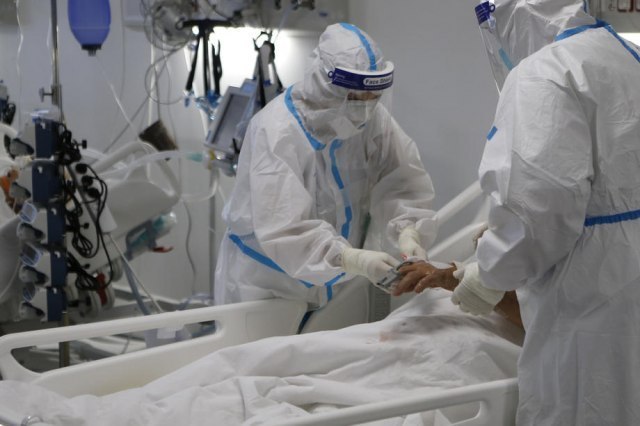
"No stabilization in a positive sense"; One thing is particularly threatening
It seems that the peak of the fourth wave is behind us, but one question remains - winter is coming, and with it a large number of celebrations - will we be able to keep the epidemic under control even in the most risky situation?With all the epidemics so far, and especially with respiratory infections, there are clear rules - how long they last, under what conditions and when their season starts. Despite all the measures that have been adopted so far and despite the vaccination that we have been carrying out for months, the coronavirus occurs at irregular intervals, the waves last even longer than expected for one cycle.
The lowest strength of the coronavirus is during the hot summer days, but in Serbia the COVID strikes have been recorded in all seasons: during 2020 we felt spring, summer and autumn, this year winter which even stepped into spring and now this late summer blow which lasted until deep in the fall, states "Blic".
We managed to partially slow it down with the vaccination, but we also managed to inflame it on several occasions with our non-obligatory and irresponsible behavior and allow it to flare up again. Virtually every season, every month, carries some of its own dangers that can lead to a new wave and a new spread of coronavirus. Now we have unfavorable days ahead of us.
The period of religious celebrations follows, and from October 16, when the Orthodox believers celebrate Djurdjic, until the end of January and the celebration of Saint Sava, there is almost no week without celebration, each carrying a special epidemiological risk. The cold, as we have learned, contributes to the spread of the virus, and the closed space in which the celebrations take place spreads that same virus.
Thus, although the numbers are lower, it is very likely that the new circumstances will significantly affect the overall situation, so new growth or stagnation at a high level is being increasingly mentioned. And there is additional problem with vaccination...
How was it last year?
Last year, the wave started at this time, i.e. at the end of September and in early October.A few days after the Djurdjic celebration, on October 16, 2020, the numbers began to grow relentlessly after a peaceful period between the two waves, and on the last day of October, the day after the celebration of St. Luke, as many as 1.817 people were infected. It was clear - a new wave had begun. Seven days after Arandjelovdan, which is marked on November 21, the number of cases amounted to 7.041, and after the most massive celebration of the Serbs of St. Nicholas, the number was over 3.000.
It is clear that the virus was extinguished then and that the peak was behind us, but then we notice one interesting phenomenon. Namely, if we look at the corona curve a little better - despite the fall in the number of infected, there was no real respite between the waves, so winter and spring merged into one very long and extremely deadly wave that lasted from early autumn to late spring.
So, the lowest number between the two waves was in January, but those were not the numbers we are used to when one wave goes out and a new one starts. We did not have a day when the number of infected was below 1.000. The least confirmed infections were on January 17, when there were 1.317 infected, after which the epidemic started to go "wild" again. There are all chances that this is what we can expect this winter.
Divided opinions of the experts
Experts have divided opinions when it comes to the fourth wave of coronavirus in Serbia."It is a difficult question when this wave will end. This virus is really unpredictable and most epidemiologists do not understand the way it behaves. The current curve is not a classic biological curve," epidemiologist Dr Radmilo Petrovic, a retired expert at the Torlak Institute of Immunology, told Blic.
As he explains, the curve has a normal flow, rises, reaches the top and then continues to fall - this process takes two to three months.
"However, we now have a situation where high numbers have remained for a long time. Everything ranges from six to seven thousand infected people. The curve has been flat at a high level for a long time," says our expert.
Epidemiologist and member of the Crisis Staff prof. Dr Branislav Tiodorović previously told "Blic" that the potential of the virus is increased by various circumstances in large collectives.
"Where people gather from different sides, it is a risk, it is not the same to have 15 workers and have 1.500 workers. That will certainly be one of the factors for growing number and maintaining the potential. We have to expect numbers that exceed 3.000. Maybe it will go on as long as there is ‘burning material’ until the virus finds susceptible ones, and these are the ones who have not been vaccinated in this case. Then there may be some stabilization, but it is not stabilization in a positive sense, it can be 1.000, or 1.500, maybe 2.000 infected, everything is possible", professor Tiodorović said.
Some forecasts, on the other side, are not so optimistic. According to prof. Dr Nada Kuljić Kapuljica, we will not have a break until spring.
"It is difficult to predict when coronavirus will disappear, but what we do know is that the season of this virus is in early spring, sometime after the flu epidemic, and that only after that can a more stable epidemiological situation be expected," said Prof. Dr Kuljic Kapulica.





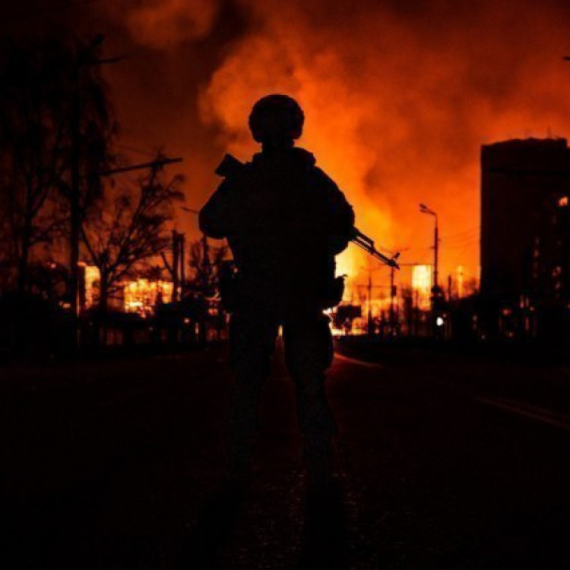





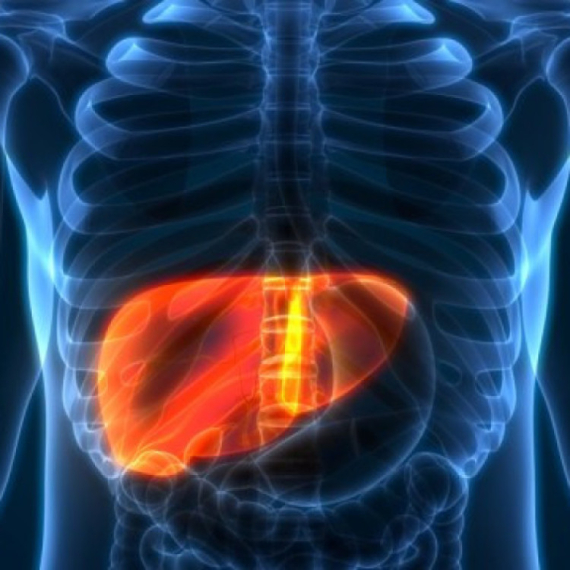
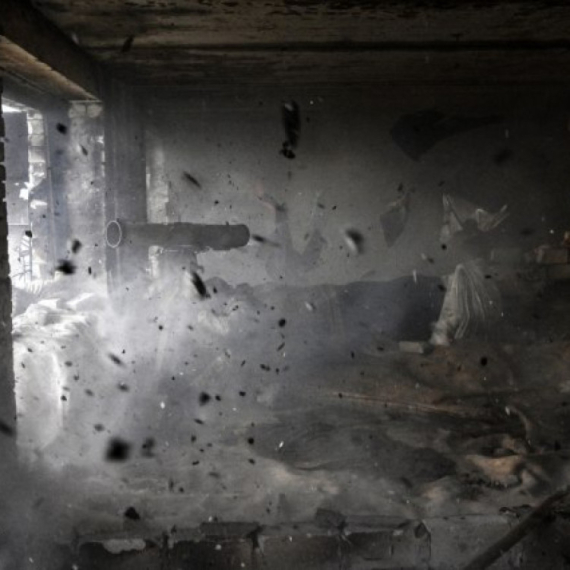


































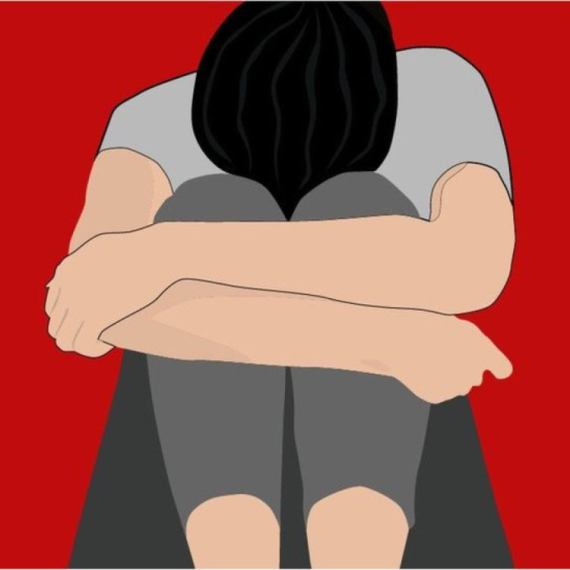





Komentari 0